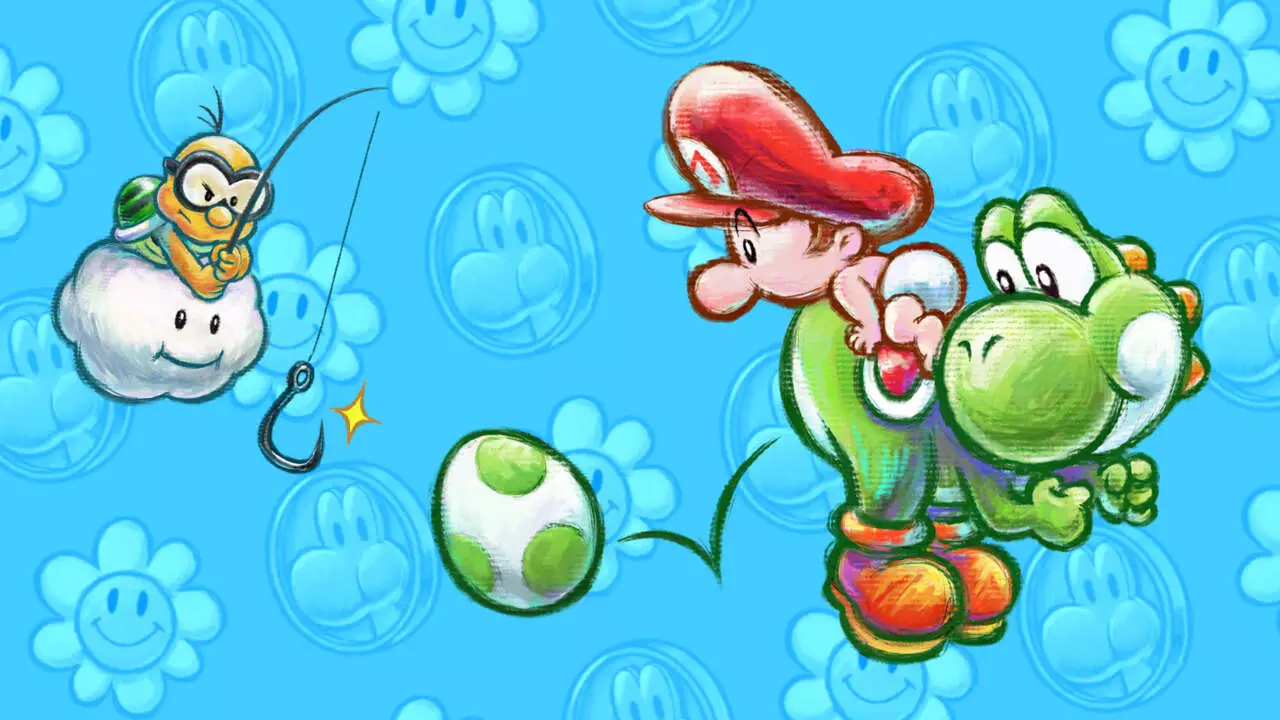The excitement surrounding the opening of the Nintendo Museum in Kyoto, Japan, represents not only a significant moment for gaming enthusiasts but also a pivotal point in the understanding of Nintendo’s storied history. The museum is set to showcase an extensive range of Nintendo memorabilia, presenting visitors with a journey through iconic franchises and beloved characters that have shaped the gaming landscape. With interactive exhibits and preserved artifacts from across the decades, the Nintendo Museum signifies a moment to reflect on the cultural impact that video games have had and continue to have.
One particularly intriguing aspect of the museum is its categorization of Nintendo games, a decision that has sparked spirited discussions among fans. During a recent preview, journalist Dan Ryckert noted an interesting detail: the museum displays Yoshi’s Island separately from the Mario franchise, placing it within its own Yoshi display. This classification may seem minor at first glance, but it raises essential questions about character roles and franchise identities in the gaming world. By officially categorizing Yoshi’s Island as a Yoshi game, Nintendo challenges longstanding debates among fans who have argued whether the title is more aligned with Mario’s legacy or Yoshi’s independent adventures.
The decision to segregate Yoshi’s Island from the Mario franchise may appear as a mere technicality, yet it opens up broader conversations about the narratives that games present. It emphasizes Yoshi’s role not just as a sidekick but as a lead character significant enough to warrant his own identity. This moment of categorization may further validate the importance of Yoshi in the gaming universe, alongside characters like Mario and Luigi, and deepen player appreciation for the diversity within Nintendo’s offerings.
Nevertheless, the museum experience is not just about clarifying classifications; it has potential implications for future game development and marketing strategies. With Ryckert’s commitment to advocating for an official change in the categorization of Yoshi’s Island, one must consider whether Nintendo may feel pressured to revisit its interpretations of game identities moving forward. Will this prompt a broader reassessment of other titles? Could we see an evolution in how franchises are defined as game narratives continue to grow and shift?
Notably, Yoshi’s Island remains accessible through the Nintendo Switch Online service, enabling players to experience the game firsthand, thus offering them the chance to consciously choose where the title belongs in their own gaming histories—affording fans a unique opportunity to engage with the definitions at play. What remains is an invitation for dialogue: as the Nintendo Museum opens its doors, so too does the chance for the gaming community to explore and debate the ever-evolving identities within this beloved medium. Through the celebration of its history, the museum fosters not just nostalgia but a space for critical engagement with how we perceive these characters and their stories.

